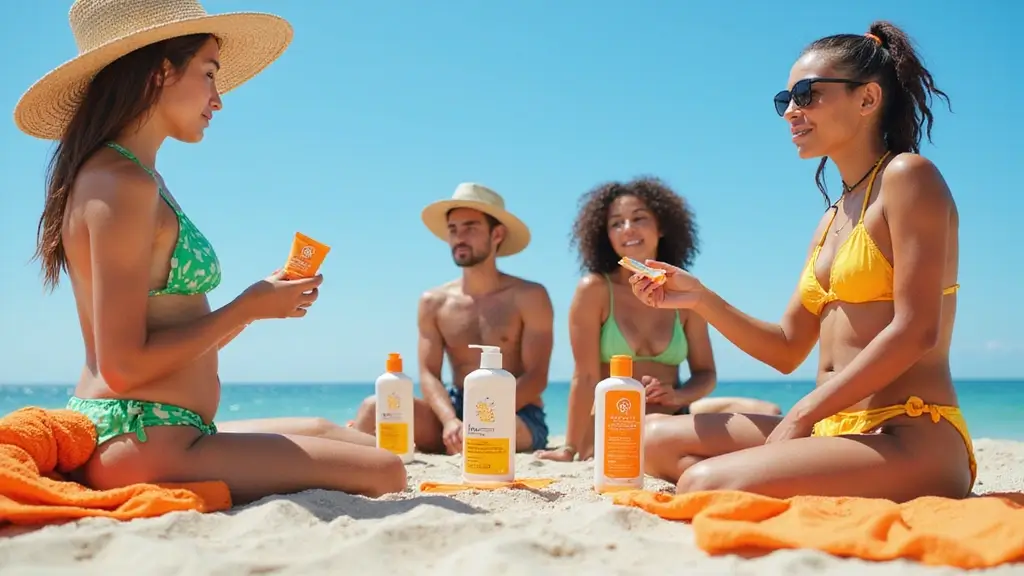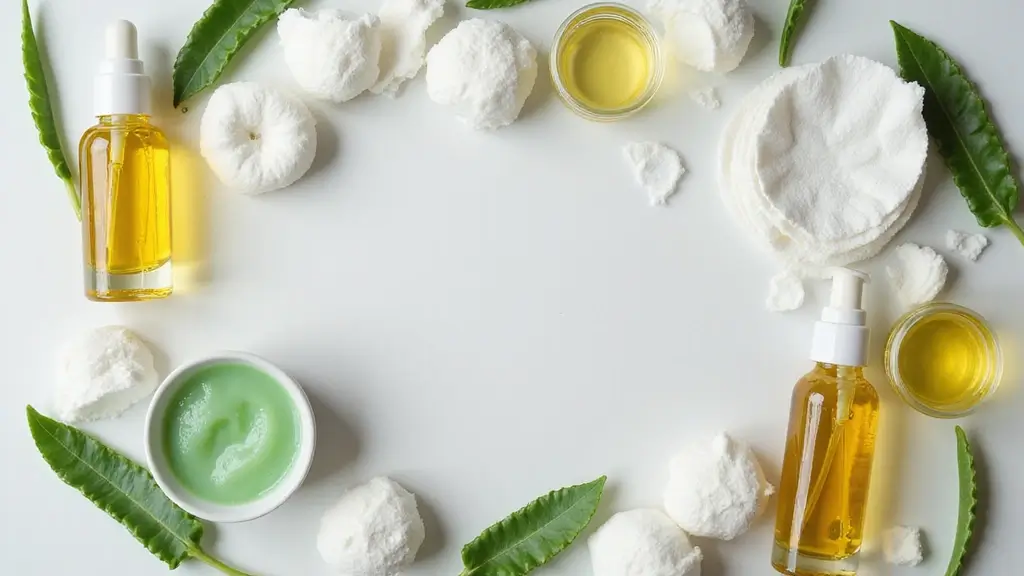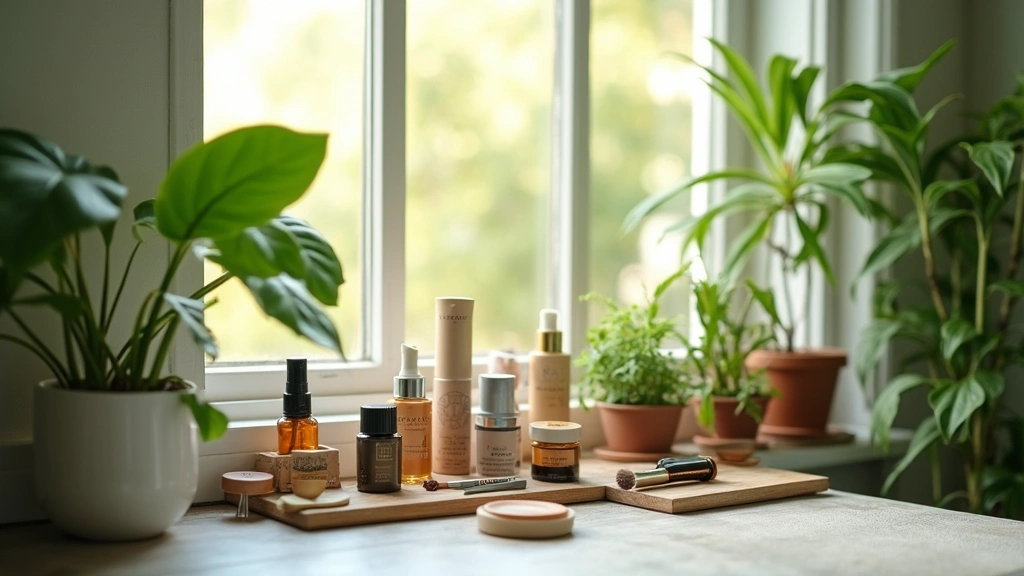Sunscreen is often seen as the ultimate protector against harmful UV rays, but how does it affect your tanning journey?
Wondering if you can still achieve that sun-kissed glow while wearing sunscreen? Let’s unravel the science behind sunscreen and tanning, and the delicate balance between UV protection and achieving a bronzed complexion. This article dives into what happens to your skin when you wear sunscreen, how effective it is in allowing for a tan, and the best practices for safe sun exposure. Get ready to embrace summer with confidence by understanding the real deal about sunscreen and tanning!
The Basics of Tanning and Sunscreen
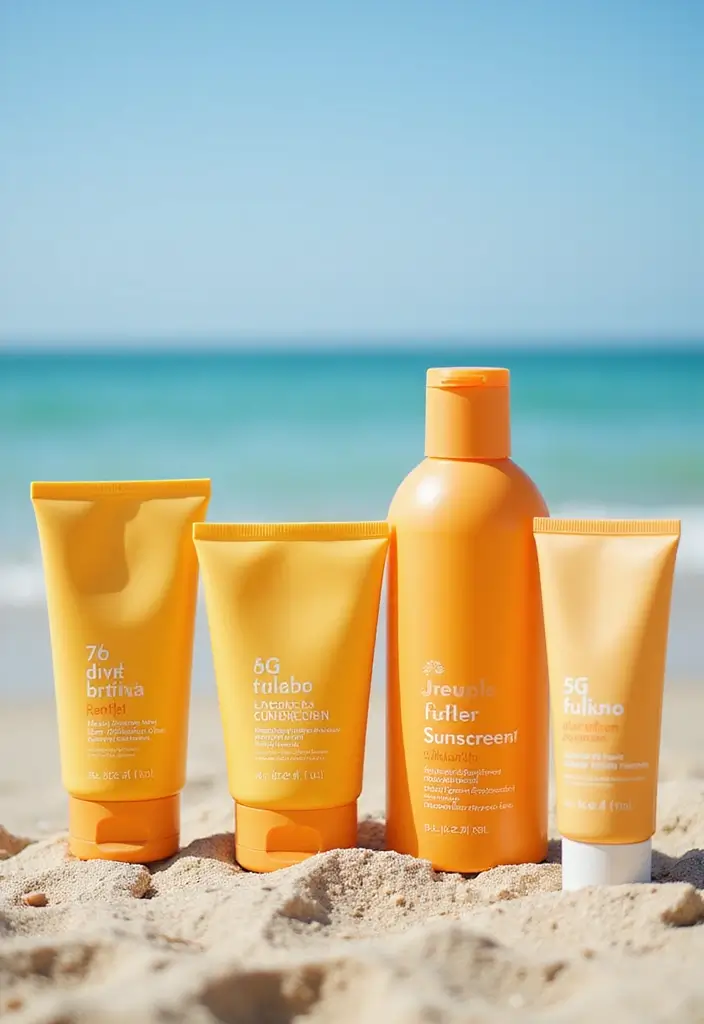
Before we get into the specifics, let’s lay the groundwork. Tanning occurs when your skin produces more melanin in response to UV exposure. Sunscreen, on the other hand, is designed to shield your skin from these damaging UV rays. However, not all sunscreens are created equal. The SPF (Sun Protection Factor) rating tells you how well a sunscreen can protect your skin from UVB rays, the type that cause burns. A higher SPF means more protection but might also mean less chance for tanning. It’s crucial to choose the right type of sunscreen to balance protection and tanning potential.
When looking for a sunscreen, consider options like UV Clear Face Sunscreen SPF 46. This oil-free formula comes recommended by dermatologists and contains zinc oxide, providing broad-spectrum protection against both UVA and UVB rays. It’s perfect for those who want to protect their skin while enjoying the sun.
Additionally, if you’re seeking that sun-kissed glow without the risks of UV exposure, the Bondi Sands Self Tanning Foam is a great alternative. This lightweight self-tanner is enriched with aloe vera and coconut, ensuring an even, streak-free tan that complements your natural skin tone without the need for sunbathing.
Understanding these factors helps in making informed choices regarding tanning while using sunscreen, allowing you to achieve that desired glow while keeping your skin safe.
Did you know? Sunscreen with a higher SPF can reduce your chances of tanning, but it’s crucial for protecting your skin from UV damage. Balance is key for a safe glow!
How Sunscreen Affects Your Tan

Sunscreen can indeed influence your tanning experience, but how much depends on several factors.
When applied correctly, sunscreen significantly reduces UV exposure, which can slow down the tanning process. Think of it as a protective barrier that allows some UV rays to penetrate while blocking a majority. This means you can still tan, but the process may take longer. Additionally, some sunscreens contain bronzers or bronzing agents, which can give your skin a tanned look instantly without additional sun exposure. However, be wary of the false sense of security these products may give.
To maximize your tanning while wearing sunscreen, consider these tips:
– **Apply generously**: Use about an ounce for your whole body and reapply every two hours or more if swimming or sweating. A great option for your face is the UV Clear Face Sunscreen SPF 46. This dermatologist-recommended sunscreen is oil-free and contains zinc oxide, providing effective broad-spectrum protection while allowing you to achieve that desired tan.
– **Choose the right SPF**: Look for an SPF between 30 and 50 for balance. The UV Clear Face Sunscreen SPF 46 is perfect for this purpose, ensuring you’re shielded from harmful UV rays while you work on your tan.
– **Don’t forget to exfoliate**: A good scrub can help you achieve an even tan by removing dead skin cells. For this, try the Dove Brown Sugar and Coconut Butter Body Scrub. This exfoliator deeply nourishes your skin, leaving it smooth and radiant, helping your tan to develop evenly.
If you’re looking for a quick bronze without additional sun exposure, consider incorporating the Beauty by Earth Self Tanner into your routine. Made with natural and organic ingredients, this moisturizing lotion gives you a streak-free, natural-looking tan while hydrating your skin.
Finding the right sunscreen and complementary products can create a beautiful bronze while keeping your skin safe.
The Importance of Reapplication
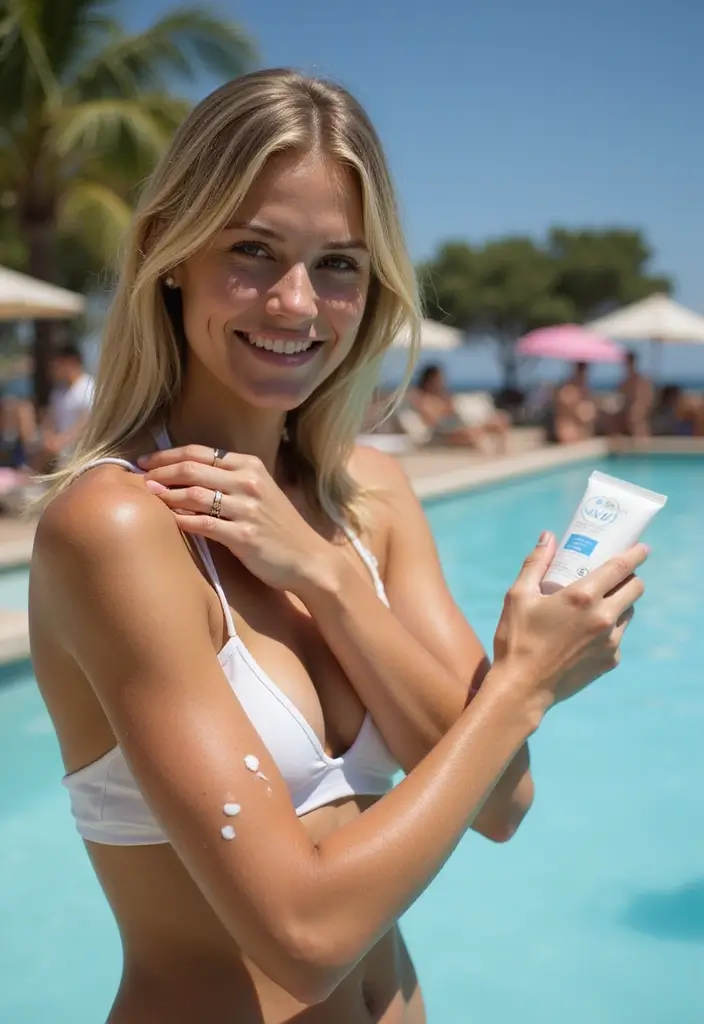
Let’s talk about reapplying sunscreen because it’s a game changer. Many people think that applying sunscreen once is enough, but that’s a big misconception!
Reapplication is essential to maintain effective protection against UV rays. Sweat, water, and friction can wear off sunscreen’s efficacy, reducing its protective barrier. Ideally, you should reapply every two hours or immediately after swimming or heavy sweating. This practice not only maintains UV protection but also helps you achieve a more consistent tan.
Here’s how to remember to reapply: set a timer on your phone or consider using a fun tool like a sunscreen timer app such as the KISEER sand timer set. It includes various time intervals, making it easy to keep track of when it’s time to reapply.
If you plan on being active, opting for a water-resistant sunscreen like Neutrogena Ultra Sheer Dry-Touch is a smart choice. This way, you can enjoy your activities without worrying about losing protection.
For quick and easy reapplication on the go, a sunscreen spray like Banana Boat Sport Ultra SPF 50 is perfect. It’s convenient to use and ensures you stay protected even during active days.
Getting into the habit of regular reapplication will ensure your skin stays protected while still allowing a gorgeous tan to develop.
Reapply your sunscreen every two hours for maximum protection! Think of it as a refreshing boost for your skin—keeping you safe and glowing under the sun!
Understanding UV Rays: UVA vs. UVB
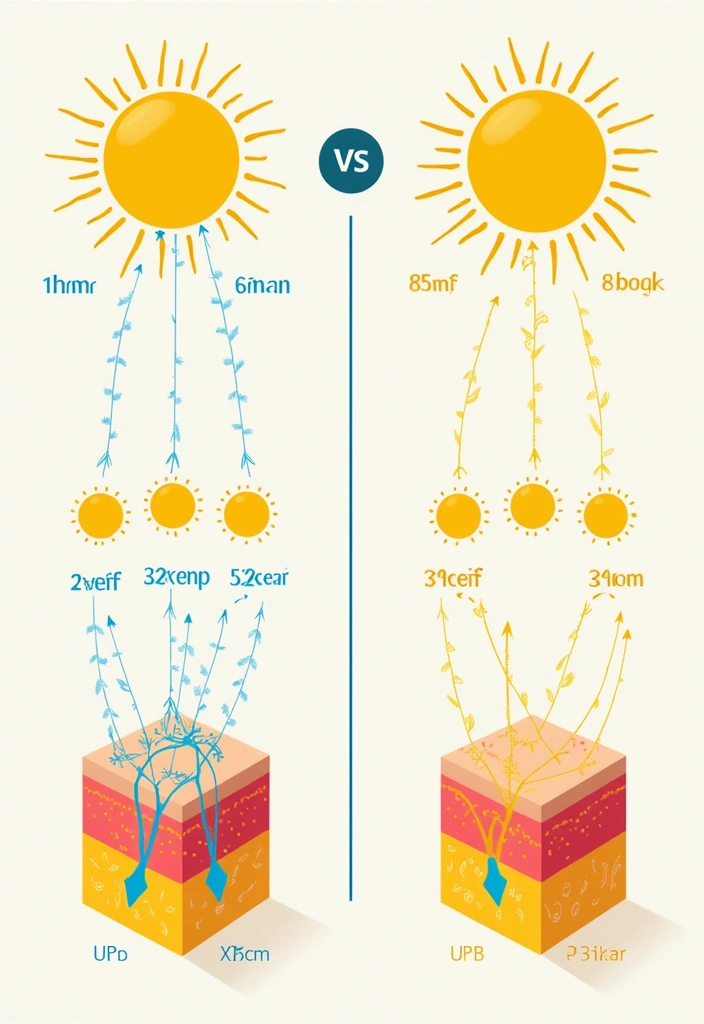
It’s time to decode the UV spectrum! UVA and UVB rays play a huge role in how your skin reacts to sun exposure.
UVB rays are primarily responsible for sunburn and are the rays that SPF is designed to protect against. On the other hand, UVA rays penetrate deeper into the skin, leading to aging and long-term skin damage. When choosing sunscreen, it’s crucial to pick one that provides broad-spectrum protection against both types of rays. For comprehensive protection, consider a product like EltaMD UV Clear Face Sunscreen SPF 46. This oil-free sunscreen contains zinc oxide, which effectively shields your skin from both UVA and UVB rays, safeguarding it from immediate harm while also mitigating the long-term risks associated with UV exposure.
In addition to sunscreen, don’t forget to wear protective clothing and seek shade when the sun is at its peak. A great option is the UV protection clothing, like long sleeve safari shirts designed for outdoor activities. These shirts feature UPF 50 protection that helps block harmful rays, keeping your skin safe during extended sun exposure.
Understanding the difference between these rays can help in making wiser choices for both tanning and overall skin health.
When it comes to tanning with sunscreen, remember: UVA rays can age you, while UVB rays burn you. Choose broad-spectrum protection to enjoy the sun safely and keep your skin glowing for years to come!
The Myth of ‘Base Tans’

We’ve all heard the term ‘base tan,’ but does it really exist? The idea that a base tan can protect you from sunburn is a common myth!
While a tan does indicate some melanin production, it isn’t nearly enough to provide adequate protection against UV rays. A tan may offer an SPF equivalent of 3 to 4, which is far below the protection recommended by dermatologists. Relying on a base tan can lead to overexposure and increase the risk of skin damage.
So, here are some facts to consider:
– A base tan doesn’t replace sunscreen. To truly protect your skin, using a broad spectrum sunscreen like UV Clear Face Sunscreen SPF 46 is essential. This oil-free option, recommended by dermatologists, ensures you have the right protection against harmful UV rays.
– Skin types vary in response to UV exposure. No matter your skin type, incorporating protective clothing can help reduce direct sun contact. A UV protection jacket with UPF 50+ provides an extra layer of defense while keeping you comfortable outdoors.
– A tan is an injury, not a protective layer! After spending time in the sun, your skin may need a little extra care. Consider using Hawaiian Tropic After Sun Body Butter to nourish and soothe your skin. It’s perfect for helping to maintain hydration after sun exposure.
It’s crucial to prioritize your skin’s health over achieving a tanned look; always use sunscreen regardless of any base tan.
The Best Tanning Practices While Using Sunscreen
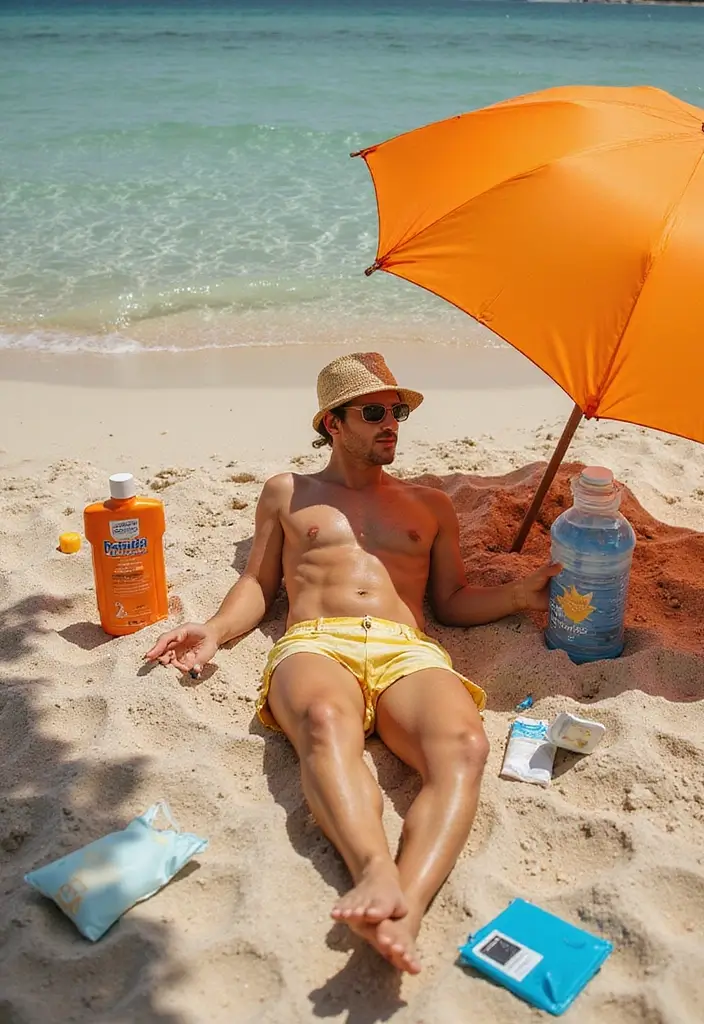
Ready to hit the beach with your sunscreen? Here are some top tips for achieving that perfect tan while staying safe.
1. Choose the Right SPF: As mentioned, an SPF of 30 to 50 strikes a good balance. It allows for some tanning while protecting against burns. Consider using UV Clear Face Sunscreen SPF 46, which is an oil-free sunscreen with zinc oxide that is dermatologist recommended for effective protection.
2. Apply Generously: Don’t skimp on the application. Make sure to cover every inch of exposed skin thoroughly. Ensuring even coverage can help maximize tanning while minimizing the risk of sunburn.
3. Timing is Everything: Plan your sun exposure wisely. The sun’s rays are strongest between 10 AM to 4 PM, so limit your direct sun exposure during these hours.
4. Take Breaks: Alternate between sunbathing and shade to give your skin a break and prevent overheating. This allows you to enjoy the warmth without overstressing your skin.
5. Hydrate: Keep your skin healthy from the inside out by drinking plenty of water. After sun exposure, consider using Hawaiian Tropic After Sun Body Butter. It contains coconut oil, which helps to hydrate and soothe your skin, making it an excellent choice for extending your tan.
Using these practices, along with the right sunscreen and after-sun care, can help you achieve a gorgeous tan without compromising your skin’s health.
With sunscreen, you can achieve that sun-kissed glow while keeping your skin safe. Remember, it’s all about choosing the right SPF and applying generously for the best tanning results!
Skin Health: The Role of Antioxidants
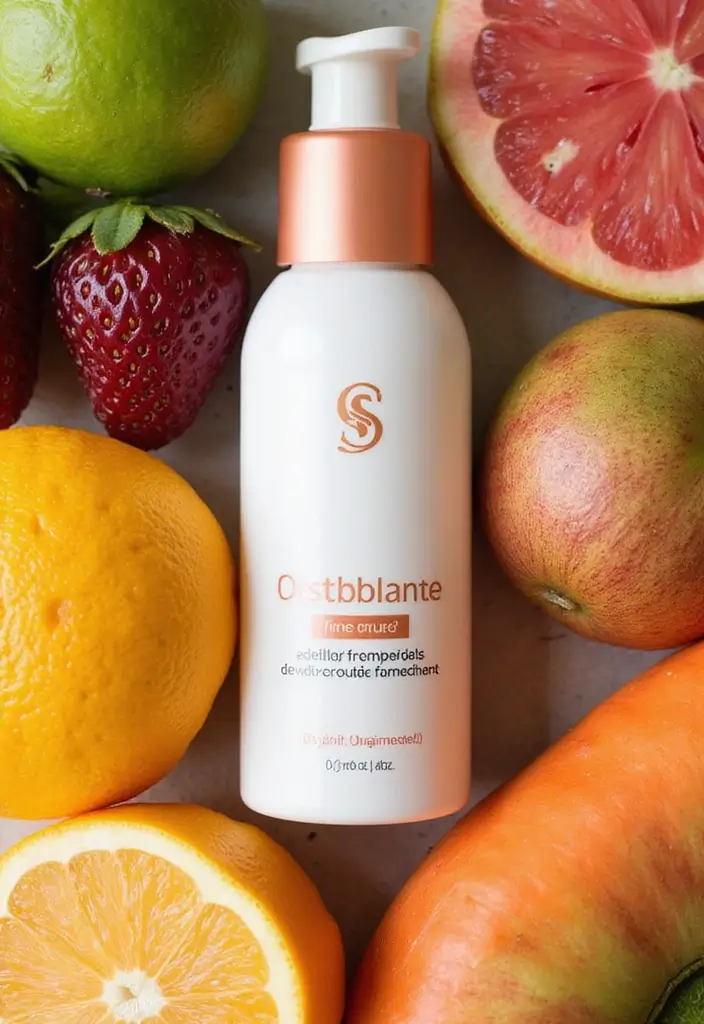
Let’s not forget the importance of caring for your skin beyond just sunscreen. Antioxidants play a vital role in skin health, especially when exposed to the sun.
Free radicals generated by UV exposure can cause skin damage and premature aging. Incorporating antioxidant-rich products, like serums or moisturizers, can help combat these effects. For instance, using a Vitamin C serum is a fantastic way to protect your skin while you enjoy the sun. This serum, enriched with hyaluronic acid and vitamin E, not only brightens the skin but also helps in fighting free radicals.
To further boost your skin’s health, consider using a moisturizer like the Proactiv green tea and hyaluronic acid moisturizer. This product is excellent for hydrating both dry and oily skin types, while the green tea extract provides additional antioxidant protection against sun damage.
And don’t forget to look for sunscreens that contain antioxidants for added protection, such as the Eucerin sun age defense SPF 50 face sunscreen. This hypoallergenic sunscreen is formulated with hyaluronic acid, making it an ideal choice to protect your skin from harmful UV rays while keeping it moisturized.
By applying an antioxidant serum before sunscreen application and incorporating antioxidant-rich foods into your diet, you can take a multi-faceted approach to sun exposure. This will help keep your skin glowing and healthy, making your tanning experience even more enjoyable.
Sustainable Tanning: Eco-Friendly Sunscreens
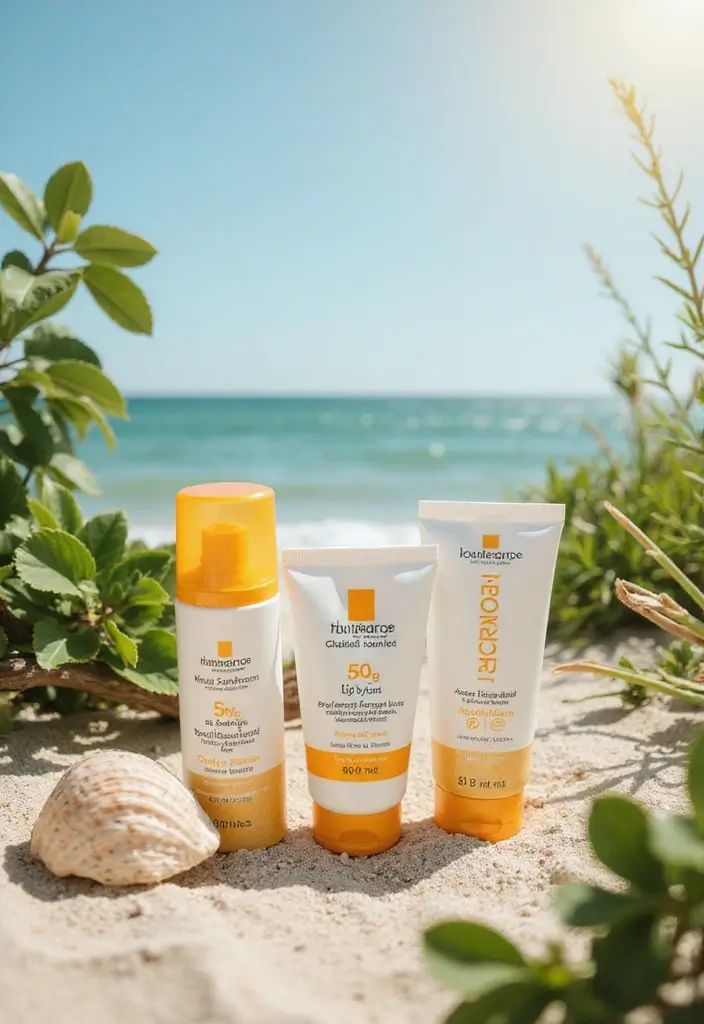
As we embrace tanning with responsibility, let’s talk about the eco-friendly options available today! Many conventional sunscreens contain chemicals harmful to marine life, prompting the rise of reef-safe alternatives.
Consider trying sensitive mineral sunscreen with zinc oxide 50+, which offers water-resistant UVA/UVB protection without the harmful chemicals often found in traditional sunscreens. This product is fragrance-free, making it suitable for sensitive skin while also protecting ocean ecosystems.
Another excellent option is BLUE LIZARD sensitive mineral sunscreen with zinc oxide 50+. This sunscreen also provides robust UV protection and features a unique Smart Cap Technology that reminds you to reapply, ensuring you are always protected while being mindful of the environment.
For those looking for a hydrating formula, CeraVe 100% mineral sunscreen SPF 50 is enriched with hyaluronic acid and ceramides. This oil-free and non-greasy sunscreen not only offers superior UV protection with zinc oxide and titanium dioxide but also helps to keep your skin moisturized.
Switching to a sustainable sunscreen not only helps protect your skin but also contributes to preserving our beautiful oceans. Here are a few tips for selecting eco-friendly sunscreens:
– Look for ‘reef-safe’ labels.
– Avoid oxybenzone and octinoxate ingredients.
– Choose biodegradable packaging when available.
Making greener choices benefits not only your skin but the planet too!
Conclusion: Your Best Tan Awaits

Now that we’ve explored the relationship between sunscreen and tanning, you’re better equipped to enjoy the sun responsibly.
Remember, the key to achieving that beautiful bronze is balance: protect your skin with sunscreen while allowing it to tan safely. Explore different products, reapply regularly, and enjoy your time in the sun knowing you’re taking care of your skin.
Here’s to a summer filled with fun, laughter, and beautiful tans, all while staying safe in the sun!
Note: We aim to provide accurate product links, but some may occasionally expire or become unavailable. If this happens, please search directly on Amazon for the product or a suitable alternative.
This post contains Amazon affiliate links, meaning I may earn a small commission if you purchase through my links, at no extra cost to you.
Frequently Asked Questions
Can I still get a tan if I’m wearing sunscreen?
Absolutely! You can still achieve a beautiful tan while wearing sunscreen. However, the level of tanning will depend on the SPF and how effectively you apply and reapply it. Sunscreen protects your skin from harmful UV rays, but it can also slow down the tanning process. So, to enjoy that sun-kissed glow safely, choose a sunscreen with an SPF of 30 to 50 and make sure to reapply every two hours!
What is the difference between UVA and UVB rays?
Great question! UVA rays penetrate deep into the skin and are primarily responsible for aging and wrinkles, while UVB rays are the main cause of sunburn. Both types contribute to skin damage and increase the risk of skin cancer, which is why it’s essential to use a broad-spectrum sunscreen that protects against both UVA and UVB rays for optimal skin health.
How often should I reapply sunscreen when tanning?
Reapplication is key! You should reapply sunscreen at least every two hours, or immediately after swimming or sweating. Many people mistakenly believe that one application is enough, but to maintain its effectiveness, especially while tanning, don’t forget to keep topping it up. This ensures you stay protected and can enjoy the sun safely!
What are some tips for safe tanning while using sunscreen?
To achieve that perfect tan while keeping your skin safe, start by choosing a sunscreen with an appropriate SPF. Apply it generously and evenly at least 15 minutes before sun exposure. Also, consider seeking shade during peak hours (10 am to 4 pm), and combine your sunscreen with protective clothing and hats for added UV protection. Remember, safety first, so you can enjoy the sun responsibly!
Is it true that having a ‘base tan’ can protect me from sunburn?
That’s a common myth! While a base tan may indicate some melanin production, it doesn’t provide significant protection against sunburn. A tan can offer only about SPF 2 to 4, which is far below the recommended levels. Instead of relying on a base tan, always use sunscreen to protect your skin from harmful UV rays while you tan!

